
Design Futurist Award Announced: Committee Shares Vision
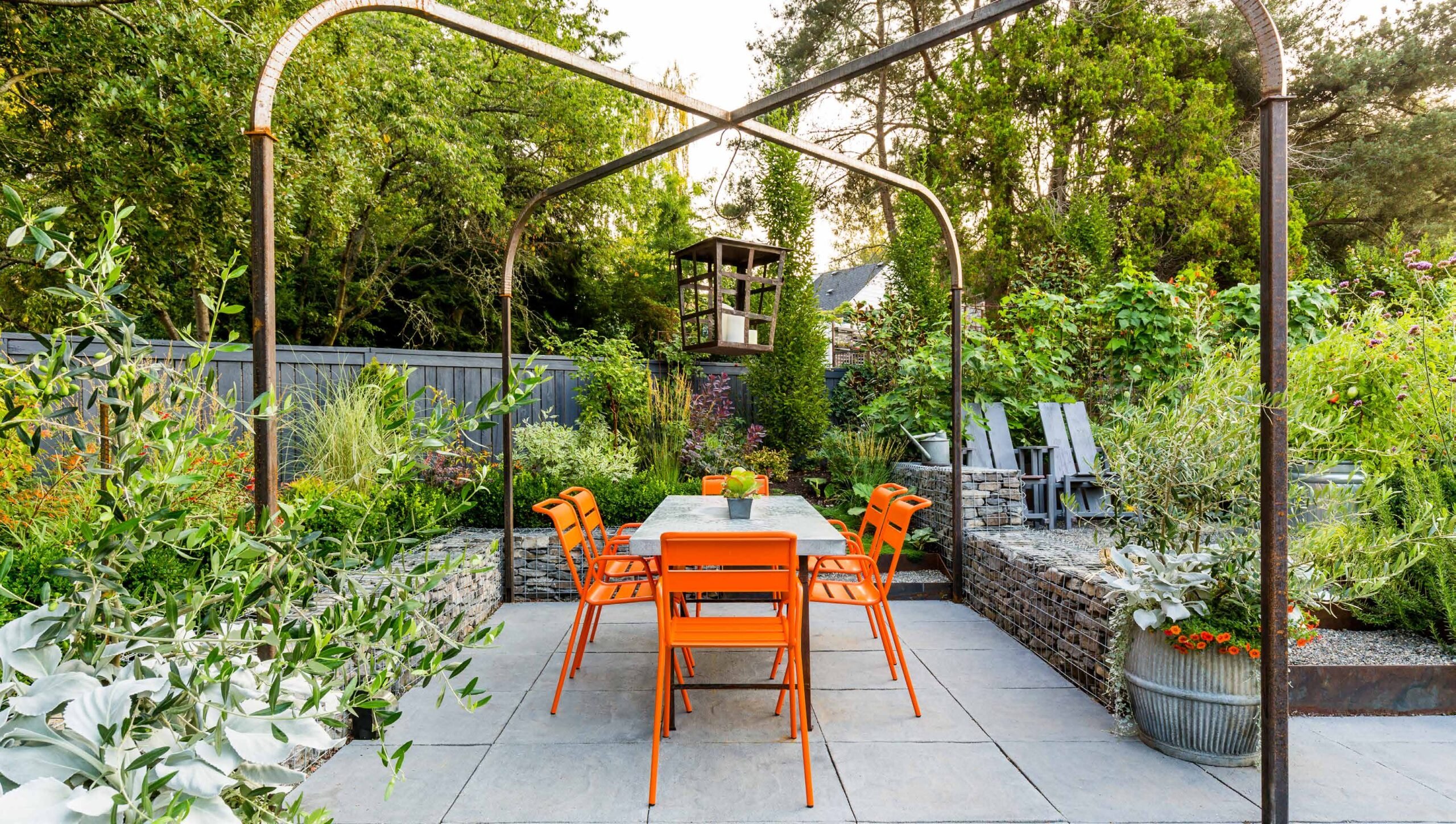
Contributor
March 8, 2023
At Pacific Horticulture, we believe that beauty can be defined not only by gorgeous plants and design, but also by how gardens support ecosystems, climate resilience, and the health of people in our communities.
While aligning with our core educational themes, the Design Futurist Award will spotlight inspiring design that is applicable to the intimate scale of your garden. The Award is calling for garden designs that are easily replicable, are modest in size, or have been designed for neighborhood community use.
To celebrate the foundations of this inaugural competition, we asked members of the first annual Design Futurist Award Committee to talk about their own work and share regional examples of inspiration toward a new vision for garden design. 2023 Design Futurist Award Committee members include Nicki Copley of Field Collective, Sandy Fischer of Land Morphology, Jennifer de Graaf of de Graaf Design Associates, Alexandra Harker of Field Collective, Haven Kiers, Assistant Professor of Landscape Architecture at University of California, Davis, and Mary Muszynski of Landible, Inc.

The Five Themes
Design Futurist Award submissions will address one or more of five themes that showcase our reciprocal relationship with nature. Growing for Biodiversity encompasses ecologically focused gardens that support food webs and pollinators by including native and keystone plants. Drought and Fire Resilience demonstrates principles of water-wise design or protection from wildfire, especially in the urban/wildlife interfaces. Nature is Good for You elevates gardens that support human health and well-being. Sustainable Gardening demonstrates a commitment to green infrastructure, temperature moderation, and fossil fuel reduction. Garden Futurist, a reference to Pacific Horticulture’s eponymous podcast, explores livability in the face of climate change by embracing research, innovation, or inclusivity in connecting people with nature.
What themes resonate most in your own work?
Mary Muszynski: In my mind, these themes are interdependent. It is like how I view my relationship to land, we are interconnected, reliant on one another, like kin. I consider each place a unique context. For instance, in a current project (900 square feet) in Tiburon, California, the location is next to and downslope from several acres of remnant wildland, which prioritizes the Fire Resilience theme. I consider how to do this while bolstering biodiversity to bring the richness of the adjacent area into the garden. At another site, we are designing a matrix of annual, perennial, and woody native plants from the Marin Hills ecoregion to replace the front lawn.
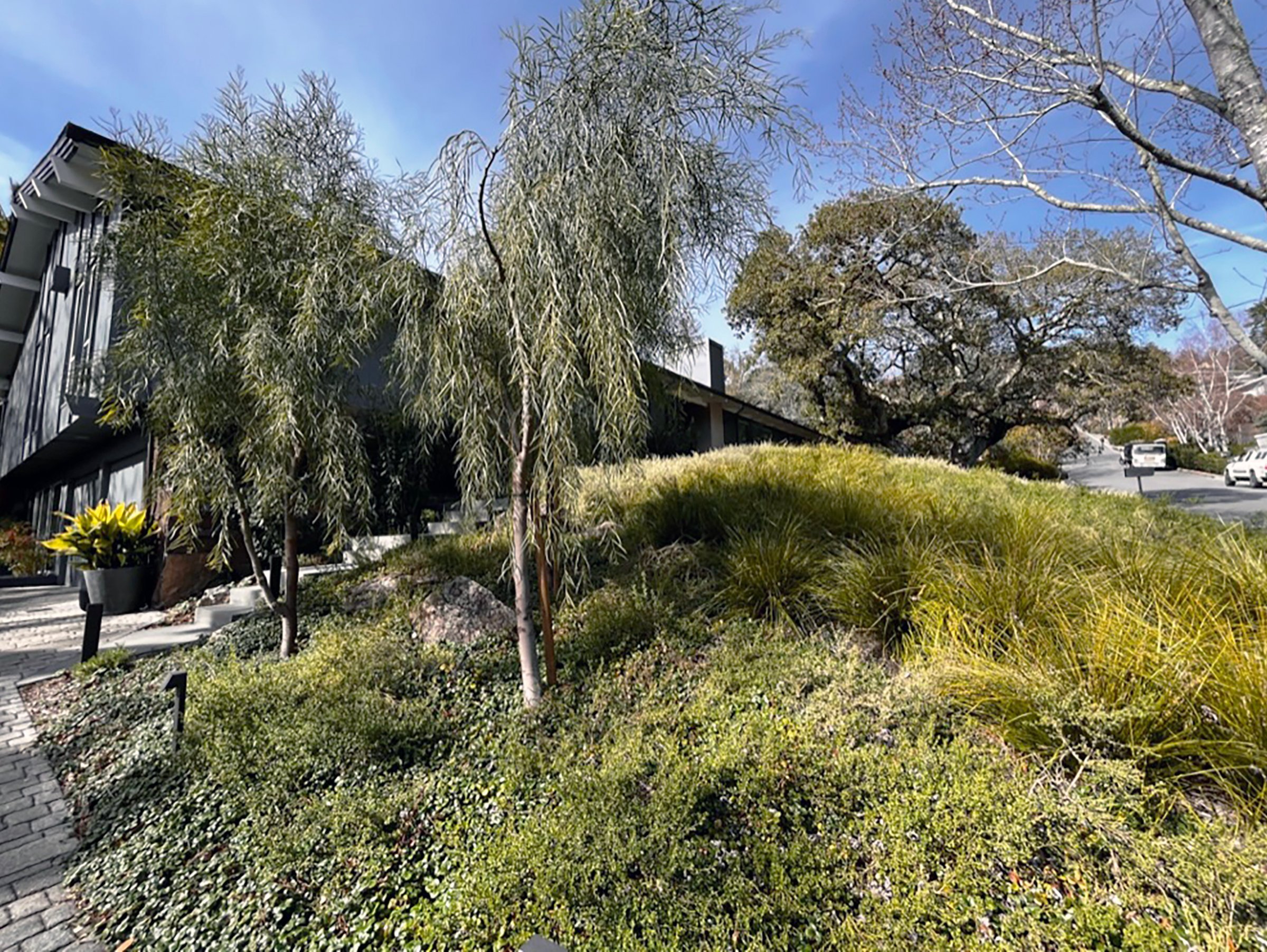
The question that is my design foundation, that I return to again and again, is how this garden can bring the people, the ecology, and the beauty of this land closer together. So, I am most passionate about the Garden Futurist theme!
Haven Kiers: The theme that resonates most with me is Nature is Good for You, because my designs try to obfuscate precisely that fact! I want people to love spending time in their gardens because they’re chic and sexy, or full of interesting stories they can share with their friends, not because they’ve been sustainably designed or labeled as “good for them.” While my gardens promote biodiversity and utilize primarily native drought-tolerant plants, they are not didactic. Instead, I try to focus on creating aesthetically captivating and engaging spaces that just happen to be good for the people that inhabit them.
How is your passion for these themes visible in your design work?
Jennifer de Graaf: As a landscape architect and educator, my work involves all of them! I’ve been focused on public speaking and consulting more lately, because helping others build better critical thinking pathways through understanding environmental synergies makes my efforts so much more effective than designing individual sites.
I take on few design clients because my big goal has evolved to become about putting a bigger dent in climate change. I want to help as many people as possible to be able to think through decisions in an informed way, not merely tell them what to do. If I were to tell clients what they need to do, then later when conditions might be different, that advice might be out of date. Blindly applying outdated instructions or generic, non-site-specific information is irresponsible.
Sandy Fischer: I seek to design places that are beautiful, diverse, and embrace change and evolution. Gardens respond to place, history, people, and ecology—and ideally, significant features are retained. As much as possible, I seek to define the framework or spatial structure with plants and movement sequences. I prefer to use simple materials that can be reused and recycled.
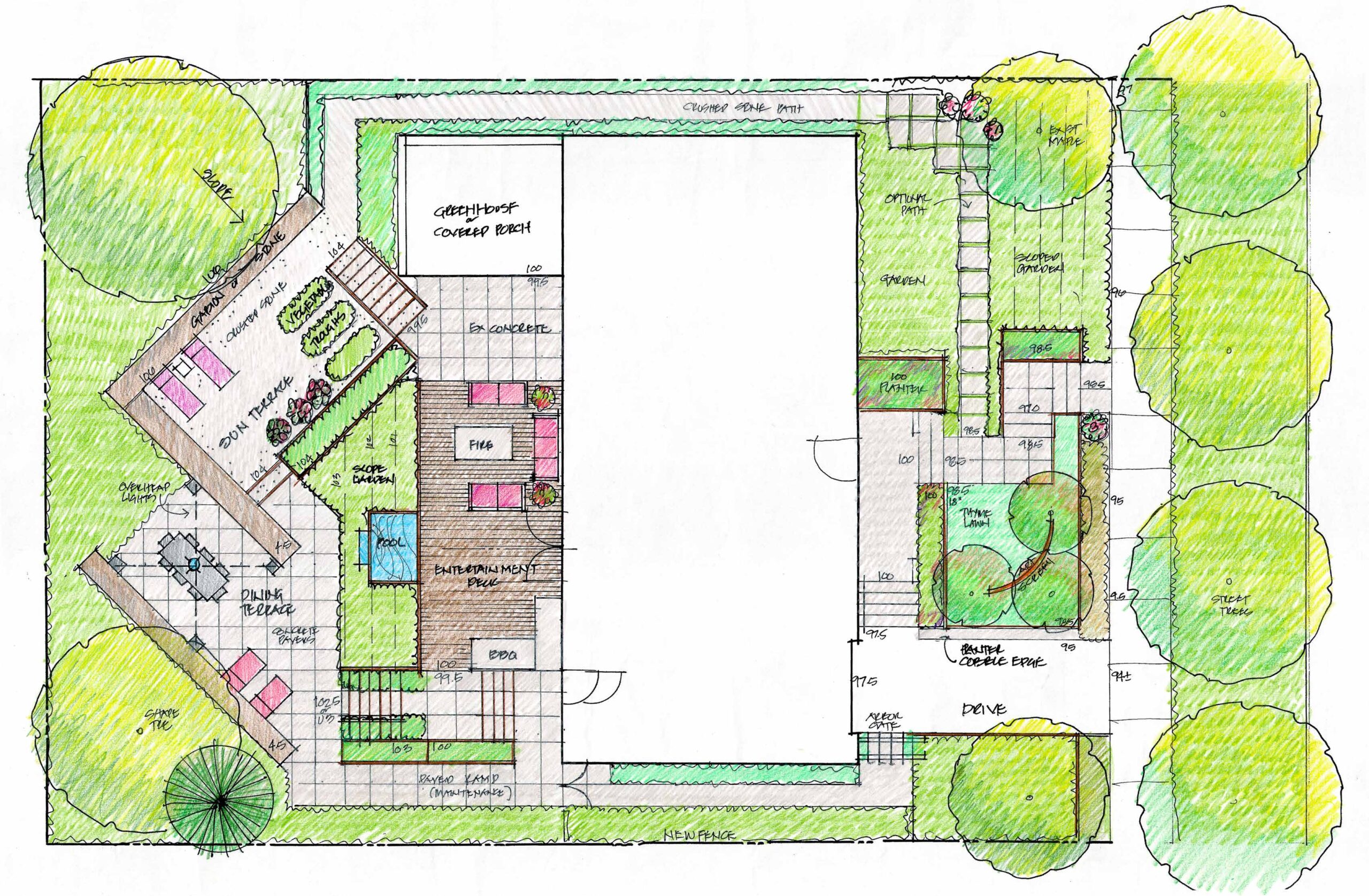
I think less is more, and increasingly I prefer designs that are implemented incrementally and adaptively managed. Ideally, the owner and long-term steward or gardener are involved in the design. I appreciate a diverse palette of plants, well adapted to the site. Not all plants must be native. Plant some great trees, as they seem to be the most enduring feature. Do more with less, including starting with smaller plants, as well as simple and locally sourced materials. Thoughtful experimentation is encouraged!
Nicki Copley:: My passion lies first in collaborating with clients to create a unique design brief that is site-driven. Through reciprocal listening and knowledge sharing, we start an evolving conversation that usually weaves together all themes. For projects within the wildland-urban interface, I explore creative ways to integrate fire-resilient strategies into landscape concepts, such as incorporating defensible space zones that are part of the design, rather than an afterthought. Strategic use of materials is important, as well as planting and spatial design that incorporates future planning with long-term maintenance in mind. I’m also very passionate about designing for biodiversity. I like to seek ways to incorporate ecologically functional planting into projects that will also meet aesthetic goals.
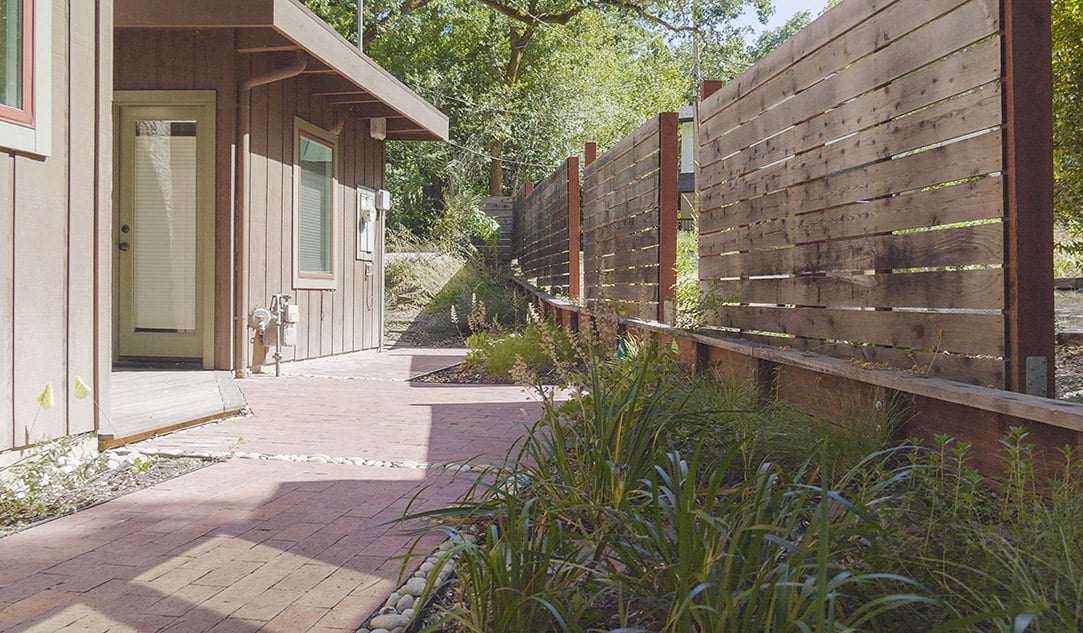
Mary Muszynski: In a garden in Tomales, California, I let go of the traditional definition of a garden as a contained space planted with geometry and lots of ornamental species. This garden (3,000 square feet) is defined by the form and color of natives, cultivars, and introduced plants laid out to echo the way the endemic plants on nearby ridgeline areas grow in large masses fading into one another. The garden plants contrast with the surrounding open pastures by the colors of their leaves, blooms, and their mounding forms. Plants include cultivars of coffeeberry, ceanothus, manzanita, Penstemon margarita BOP, Festuca idahoensis ‘Tomales Bay’, Chondropetalum, Lomandra, Correa ‘Ivory Bells’ and Lyonothamnus.The selected plants meet the needs of the land: noninvasive, very low to no irrigation, pollinator-friendly, and suited to a windy, dry site with a 10% to 20% slope. The site soil was amended to modify a depleted nutrient profile that was the result of previous overgrazing and construct spill. Now in year three the garden is coming into focus and settling into the landscape.
Haven Kiers: I like to integrate native plant palettes into traditional garden typologies—for example, how can you design a minimalist Japanese style garden or a modern and angular front yard using only California native plants? Then I’ll add large, bold plants (I’m obsessed with agaves lately) into my designs for contrast.
What “intimate scale” or residential design projects in the Pacific region have most recently impressed or inspired you?
Jennifer de Graaf: The nature of residential design is that it is personal and private. It is hard to know about well-designed, installed, and maintained properties because they’re not usually advertised like other kinds of projects. It is hard to know if a design has been particularly clever in benefiting the environment, solving a specific problem, or if it’s just on a great site with gorgeous photography. A successful design needs to be around and stay healthy over a long period of time with minimal input, and might not catch much media attention. Residential gardens don’t usually post signs explaining how they test soils and use only organic practices. They don’t boast about Integrated Pest Management or recycling waste. Their irrigation should be invisible (or not needed in the first place) and their plants healthy, but so much of what goes into making them good examples is not stated at the curb.
With that said, I’ll mention that Filoli in Woodside, California, is taking steps to bring their glorious historic gardens into a better relationship with water and they’re showcasing plants that need less water. When a garden is historic, they are not necessarily held to the same water budgets that other gardens would be, but they’re choosing to respond to drought and phase in demonstrations of how beautiful this can be.
Sandy Fischer: Gillians Garden is a small, eclectic and well-detailed garden, and is thoughtfully integrated into a modest neighborhood. The owner was engaged in design, implementation, and stewardship, The garden includes a variety of plants, many recycled artifacts, and simple materials. There are a variety of small and fun spaces.

My garden is a place where I spend time in nature, learn, and experiment. It has been created over 20 years and uses low cost and simple hardscape materials, including gravel and sand-set flagstone. The garden preserves some great trees, such as fig, fir, cedar, and copper beech. Most lawn has been removed and the waterside includes a pollinator meadow and a small container food garden. With limited fencing and careful plant selection, the garden coexists with deer, racoons, rabbits, and many birds. The very small plants kept costs low, with less waste and watering.
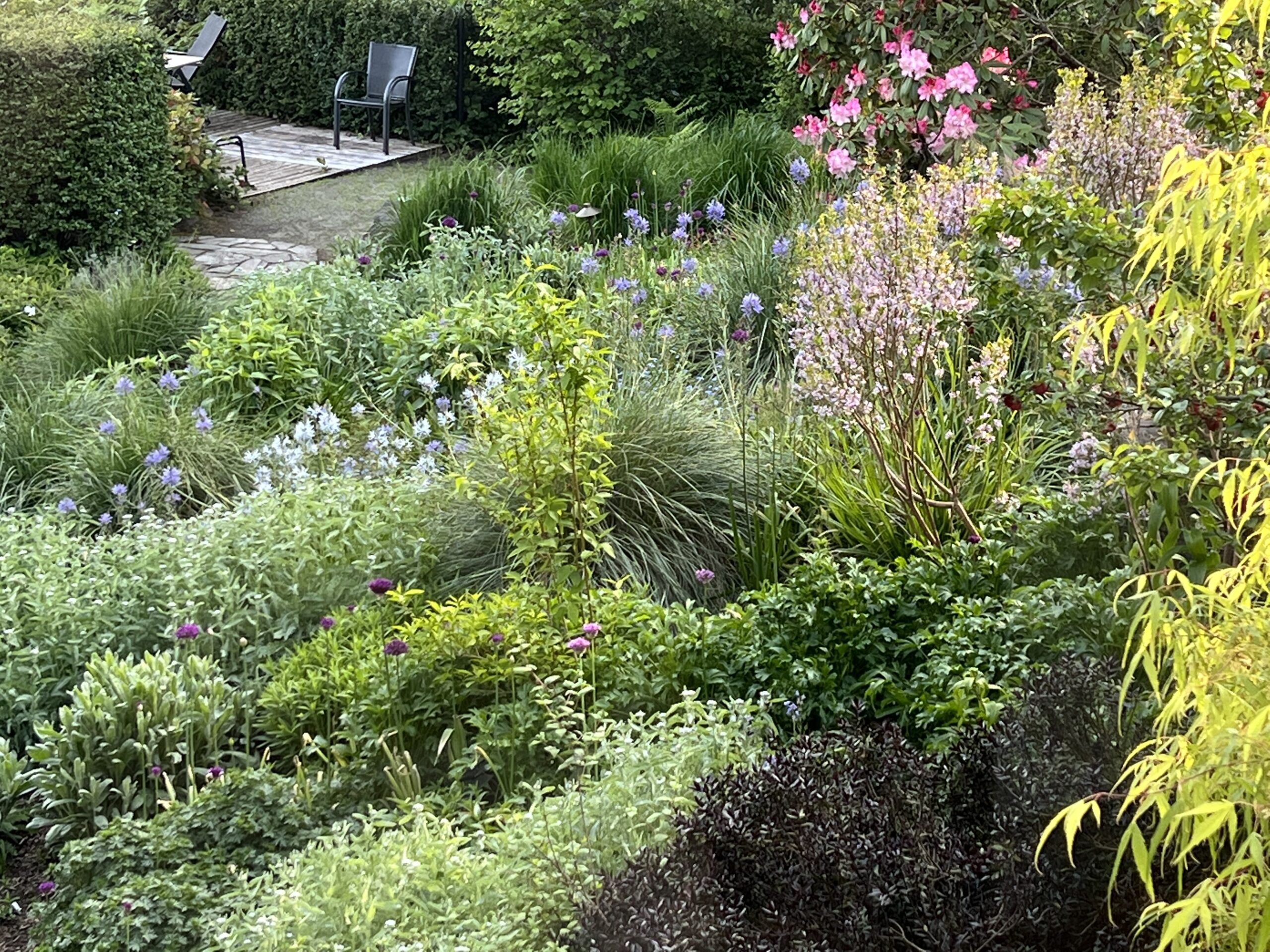
Mary Muszynski: I love Nahal Sohbati’s (partner at Topophyla) Ridge Lane Project for how it integrates butterfly plants along with a much-needed people pathway that is thoughtfully built over a rocky terrain. It’s a public space that connects a neighborhood in an intimate way.
On the annual Bringing Back the Natives Garden Tour, there’s usually a garden that captures my imagination due to the way the design burrows into the place, brings forward native plants, or integrates them with sculpture and found materials. I love it when one of these urban gardens connects to the resident’s creativity or to the microclimate to make the space unique.
While not exactly intimate scale (10.5 acres), the UC Berkeley Blake Garden is a place that refreshes because it has an active educational and creative program aimed at encouraging more connection with nature. The gardens embrace the cycles of growth and decay in a way that counterpoints the formality of the geometric plan.
Haven Kiers: Miridae does a fantastic job of blending ecological principles with stunning residential design. Most importantly, they provide their clients with a maintenance manual and detailed instructions on how to steward their gardens through installation, establishment, growth, and evolution.
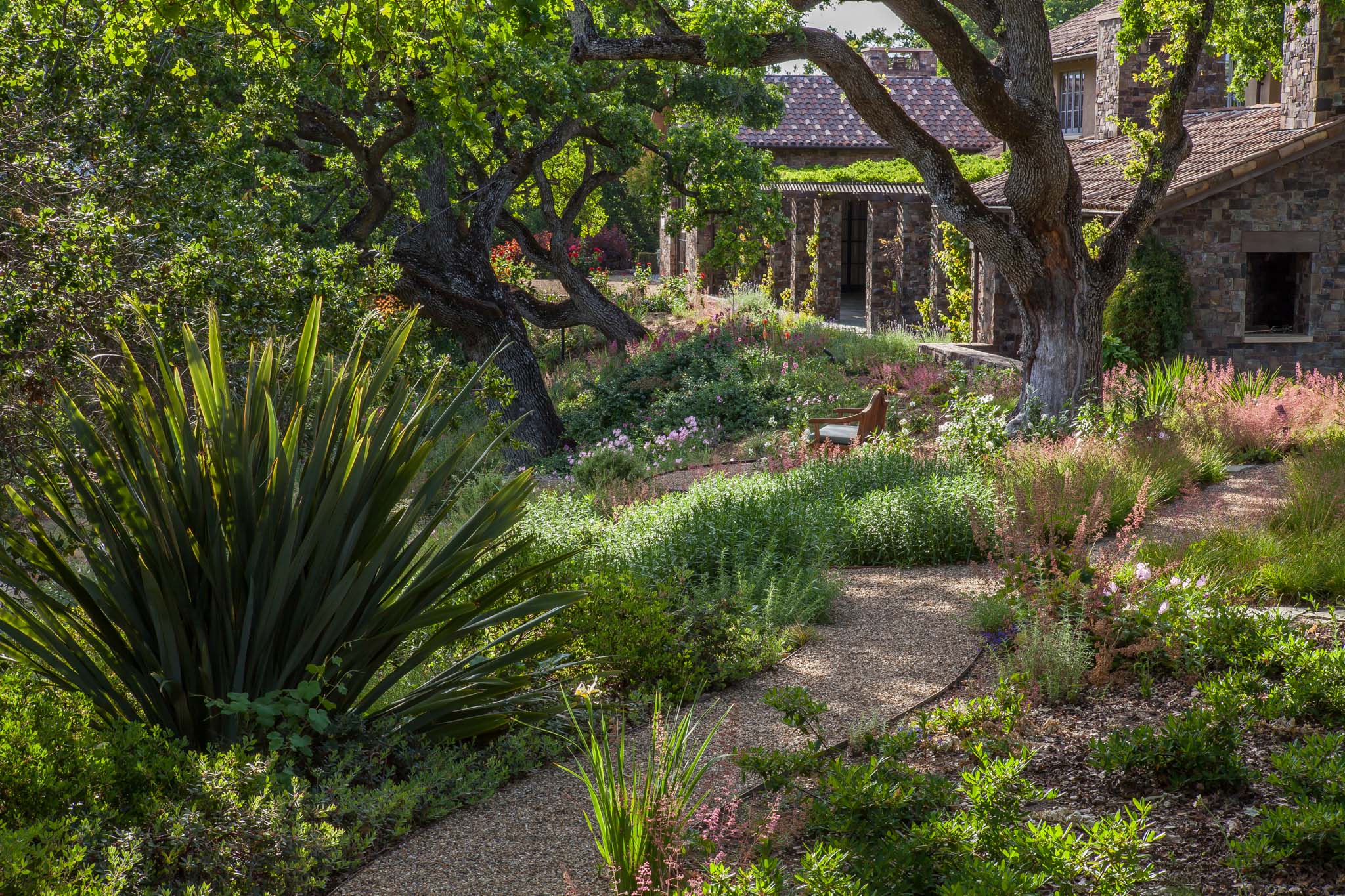
What are the characteristics that make you so impressed with a particular firm or designer’s work?
Jennifer de Graaf: There is so much technical work that goes into designing a successful and environmentally sound garden or landscape, that we undermine our profession when we follow the instructions of the client and just return their own dream designs to them. If a potential client comes to me with an existing design, they’re ready to reach out to a landscape contractor for installation. Clients come to design firms, landscape architects, and landscape designers for our expertise and heightened design sense.
Sandy Fischer: I like gardens that respond to context and include some experimentation. I most respect designers who are not locked into a distinct style or current trends. The best gardens are plant focused, beautiful, and have great trees.
Nicki Copley: I love Oakland-based SOFT STUDIO, particularly their projects “Bird Bath” and “Dalmatian Peach.” I am drawn to the mix of wildness and seclusion they create through their planting design. Even though the projects are small, they incorporate wonderful plant diversity, using a mix of native and non-native plants. Both projects have a simplicity of materials that allows the diverse planting palette to dominate. They also incorporate many pollinator plants.
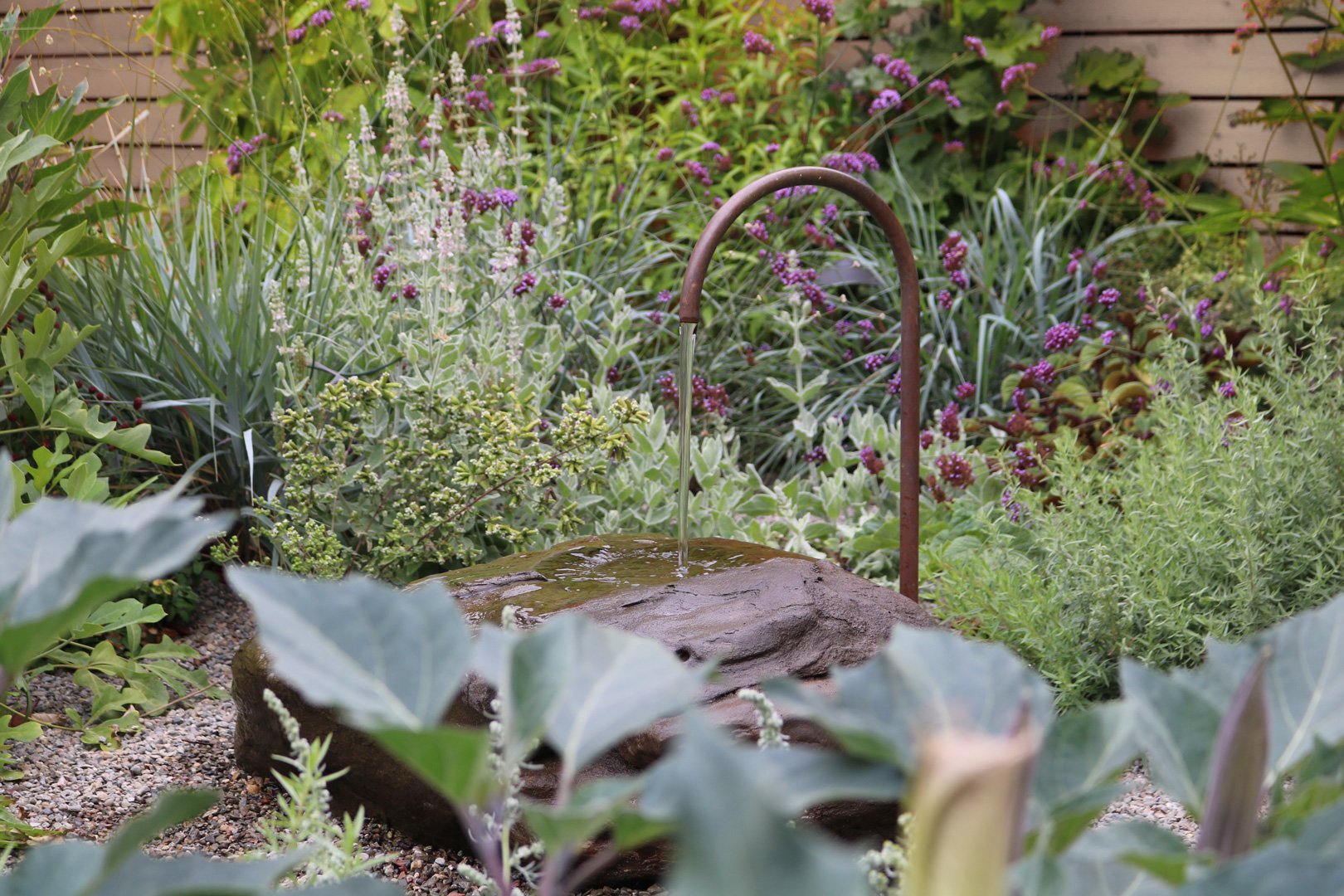
I also really admire Patricia Carpenter’s native garden in Davis, California. Patricia’s garden is a personal garden, begun in 2005, and now features over 400 exclusively native species and cultivars. She holds several open gardens throughout the year, facilitated by the California Native Plant Society. Her garden is a valuable inclusion here for its commitment to experimentation, evolution, and management. Visiting private gardens like this, and public native gardens such as Tilden Regional Parks Botanic Garden, have been vital to my ongoing education on how to design with native plants in a garden context.
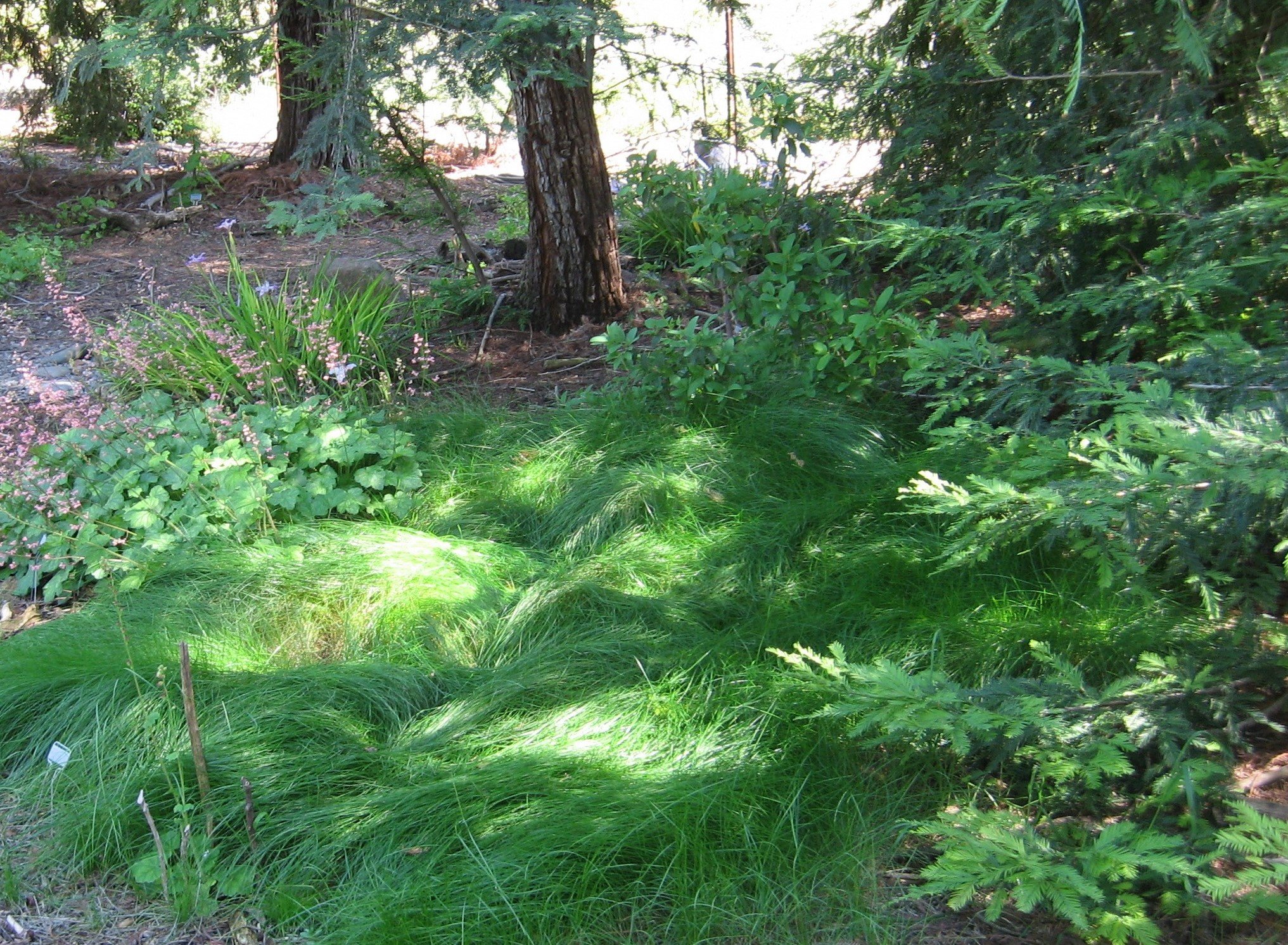
Alex Harker: Miradae’s use of native plants—in combination with their outreach and communication work—makes engaging with biodiversity accessible and engaging. They run both a mobile plant nursery and community-science-based seed pile project.
I like gardens that reflect representation and narratives of Black, Indigenous, and people of color. In particular, I love seeing projects that tie community and social justice to the land. Mak-‘amham/Cafe Ohlone at UC Berkeley celebrates the reciprocity between the Ohlone people and the land by cooking and serving traditional meals. Kat High’s Gathering Garden at the Chumash Indian Museum in Thousand Oaks, California educates visitors about the ethnobotany of the Chumash and in particular plants used in basket-making.
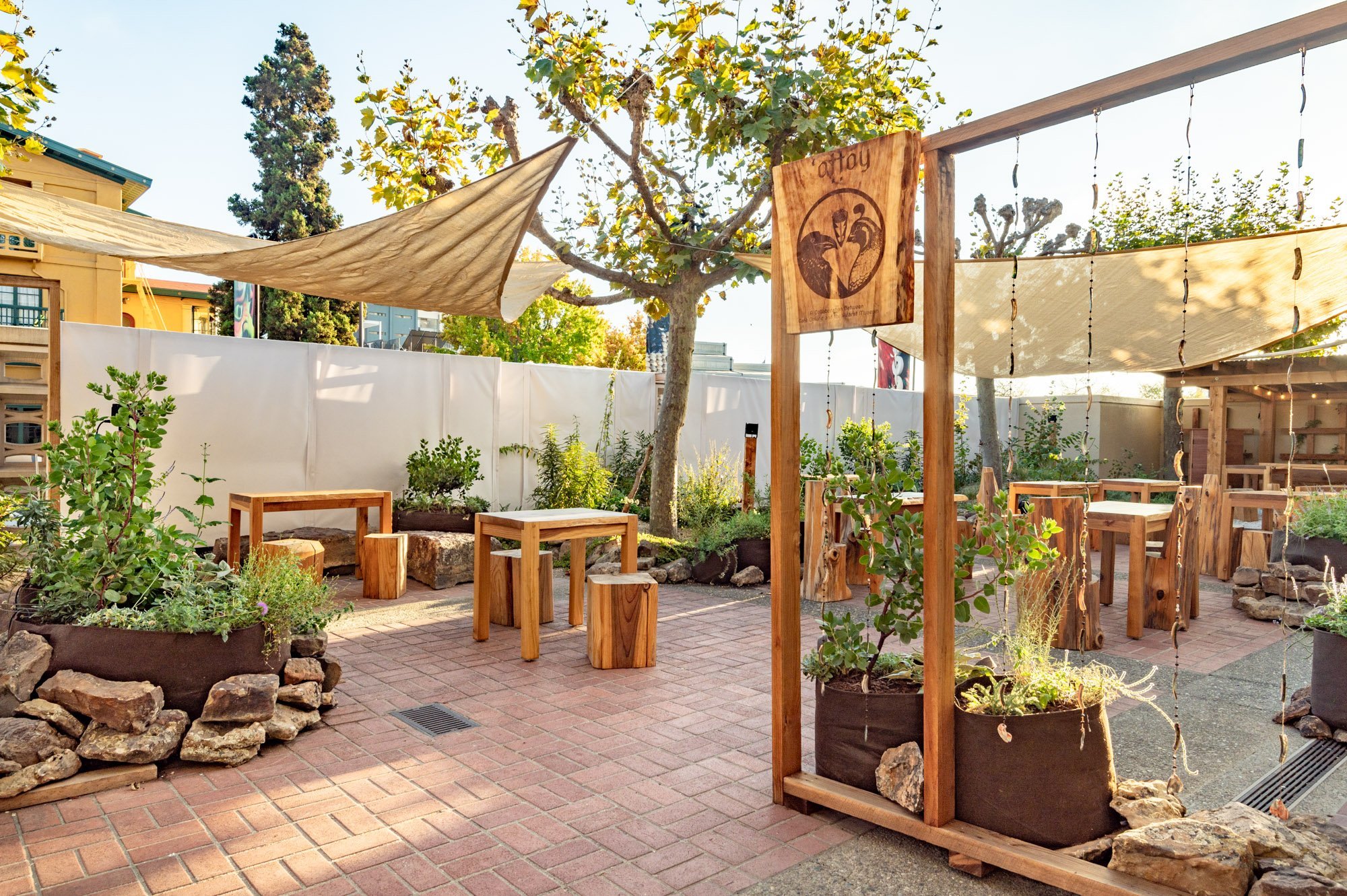
Mary Muszynski: The top characteristics that impress me in a designer’s work are: integration of beauty throughout the garden (as opposed to adding decorative elements), as well as embrace of the character of a specific place through thoughtful plant and material selections.
Haven Kiers: I get frustrated with designers who subscribe to the theory that native = messy, or who have a list of their top 10 plants and use them over and over again in every garden. The designers I admire spend the time to first analyze an existing landscape, and then make design decisions based on that site. They aren’t afraid to experiment with plants or designs, and are willing to fix things if their experiments don’t pan out.
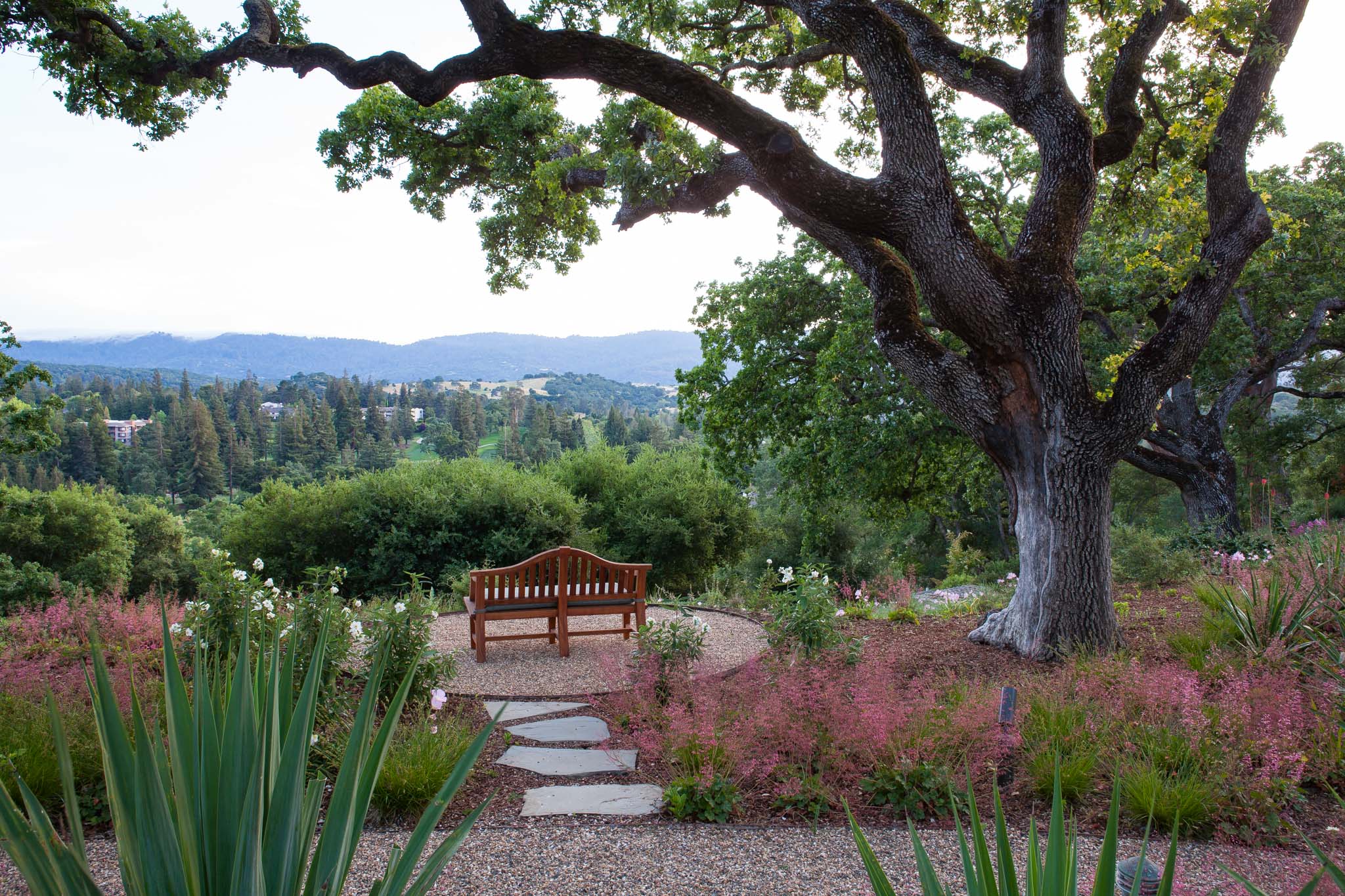
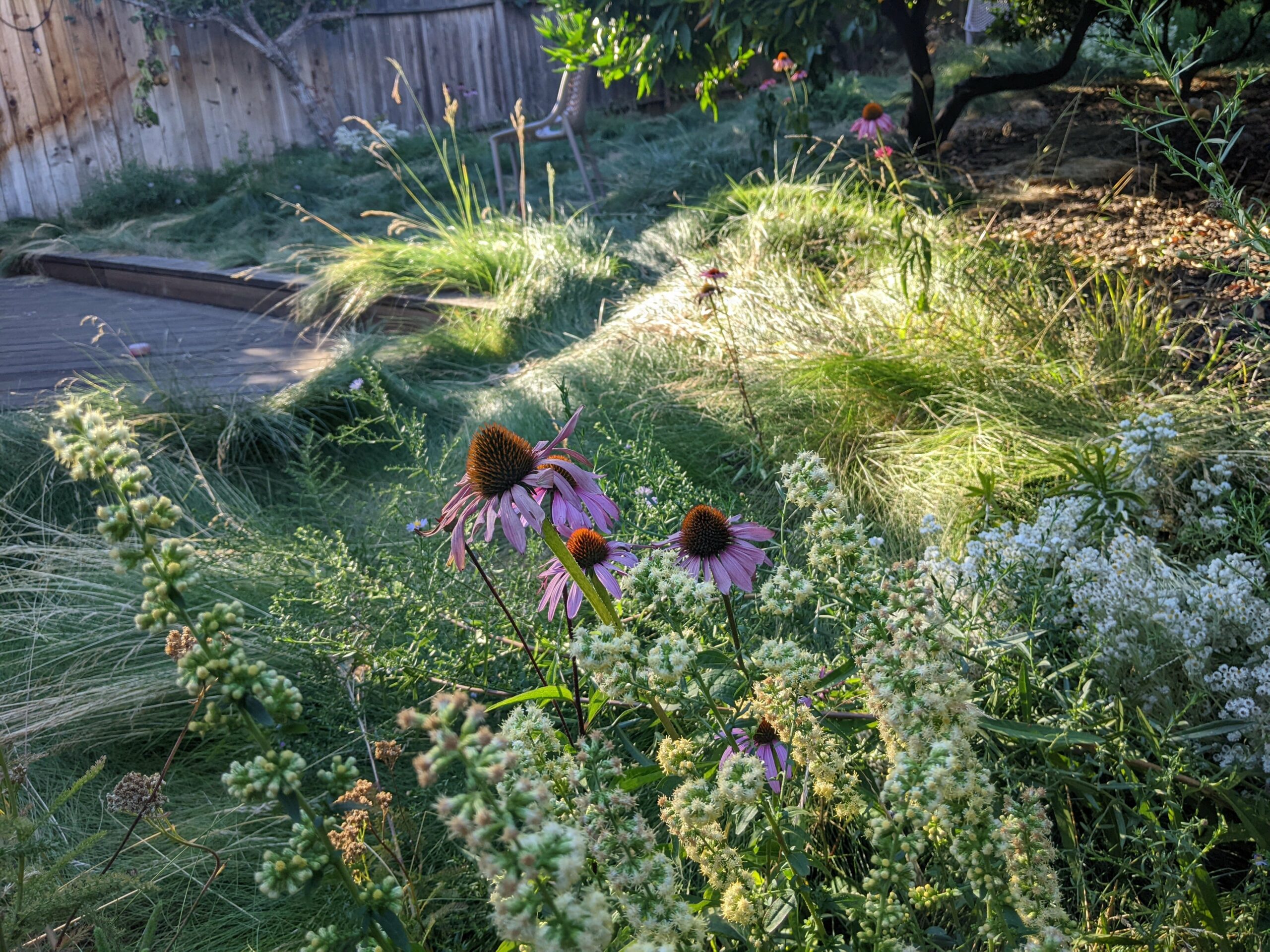
Most importantly, they stick around—not just through the design and construction of a project, but over time. They prioritize designing for maintenance and they maintain long-term relationships with their clients. They do not subscribe to the “photographed and forgotten” theory of landscape design.
For the Design Futurist Award, what would you be most excited to see in the entries?
Sandy Fischer: I’d like to see a strong spatial framework mostly defined by simple reusable or recyclable hardscape materials and a diverse planting palette. Gardens that are able to be implemented incrementally and adapted over time can be some of the most interesting. I’d like to see some experimentation with plants and artful features. The garden should consider Pacific Horticulture educational themes, be beautiful, and include trees.
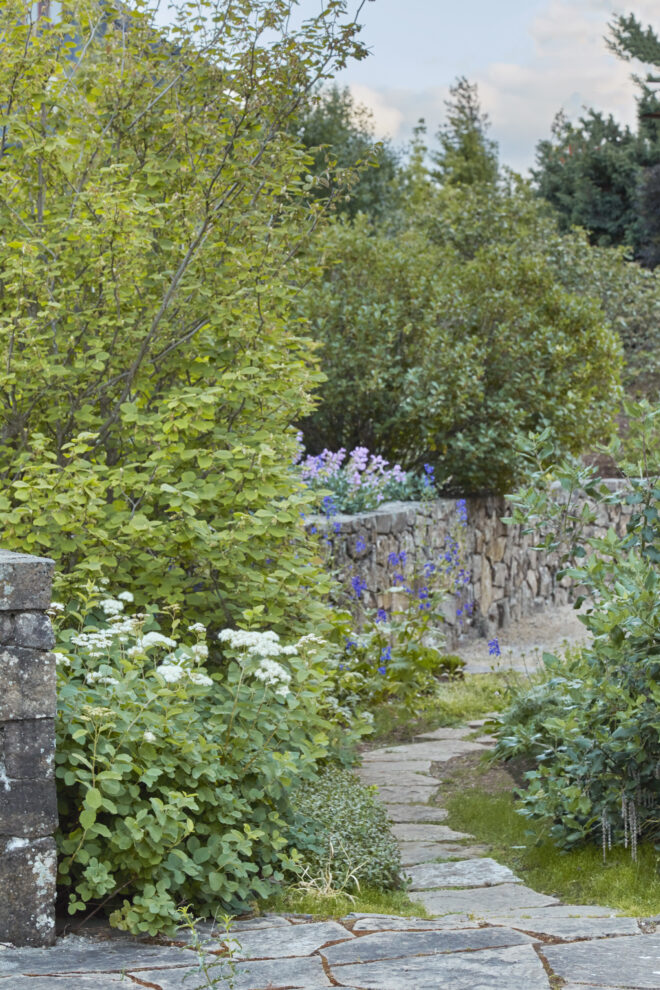
Jennifer de Graaf: I would be absolutely delighted if entries demonstrated a commitment to following through on the maintenance of a project. Designing and getting the design installed is only part of the battle in a successful project that is environmentally friendly. I’m not interested in any project that isn’t environmentally sound as its foundation. A good design and solid installation are at the mercy of those who maintain the landscape, but finding thoughtful, educated maintenance vendors is way too difficult. Put simply, bad maintenance is bad for the environment, our investment, and ourselves.
Nicki Copley: I am excited to see projects that incorporate habitat planting, and how the planting transitions throughout the year. I am interested to see how designers work with the ephemeral nature of plants within their plant mixes. Photos of the garden throughout the year would be fantastic. I would also like to see examples of gardens designed with defensible zones in mind, but in a way that contributes positively to the visual and experiential aspects of the garden.
Mary Muszynski: I’m looking forward to seeing gardens with a mix of natives, cultivars, and introduced species that contextualize and amplify the beauty of the site microclimates. I would love to see examples of matrix planting based on plants appropriate to our varied Pacific region mediterranean climates. I’m interested in entries that leverage local rhizomatous groundcovers to create “green mulch” during the phase when the woody plants are putting down roots, rather than spreading quickly. Also, I’m hopeful that there will be a conversation between the entries about the definition of beauty in landscapes and gardens.
Haven Kiers: I want to see innovation! I want the designers to have taken creative risks and been rewarded for their bold actions with gardens that defy traditional paradigms and norms of what sustainability should look like. I encourage entries that showcase a personal touch and highlight the uniqueness of a specific site. Be bold in your ideas but demonstrate how they can be sustained over time. Use plants to create space, engage visitors, and capture the spirit of the place.
Spread the Word
If your work or the work of someone you know exemplifies Design Futurist themes, we invite you to submit and share this opportunity widely. Your advocacy in spreading these ideas helps keep climate resilience at the forefront of decisions and actions in stewarding our gardens and other outdoor spaces.
Visit the Design Futurist Award webpage.
Are you a student?
RESOURCES:
Landscape Architecture + Environmental Design at University of California, Davis
Miridae Business & Organization Profile
This Article is Sponsored By

Visit Eye of the Day Garden Design Center: https://www.eyeofthedaygdc.com/
Share:
Social Media
Garden Futurist Podcast
Most Popular
Videos
Topics
Related Posts
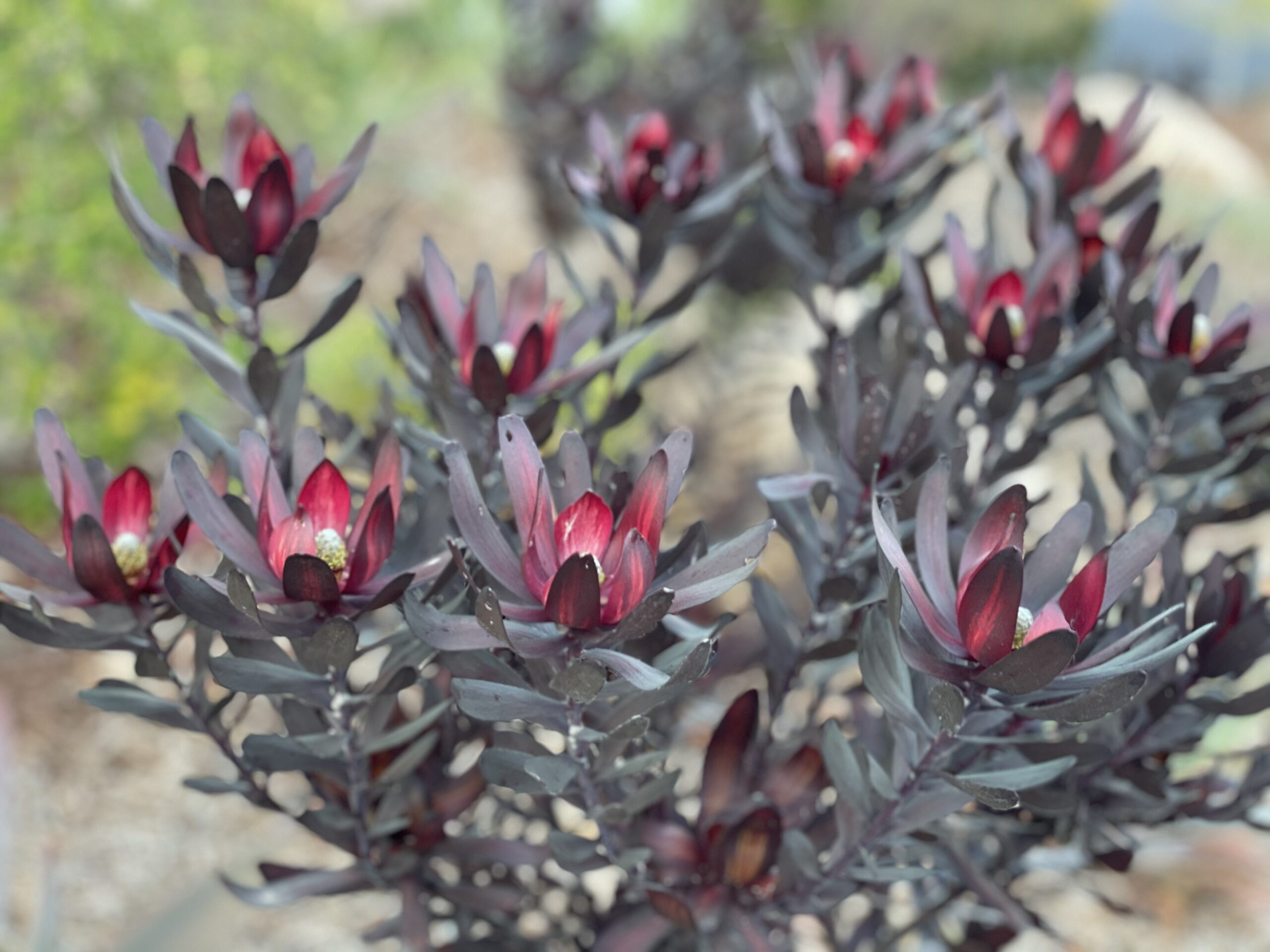
Expand Your Palette: Waterwise Plants for your Landscape
There’s nothing more thrilling to plant lovers than discovering new plants to test in the garden. Here in the southernmost corner of California, we have
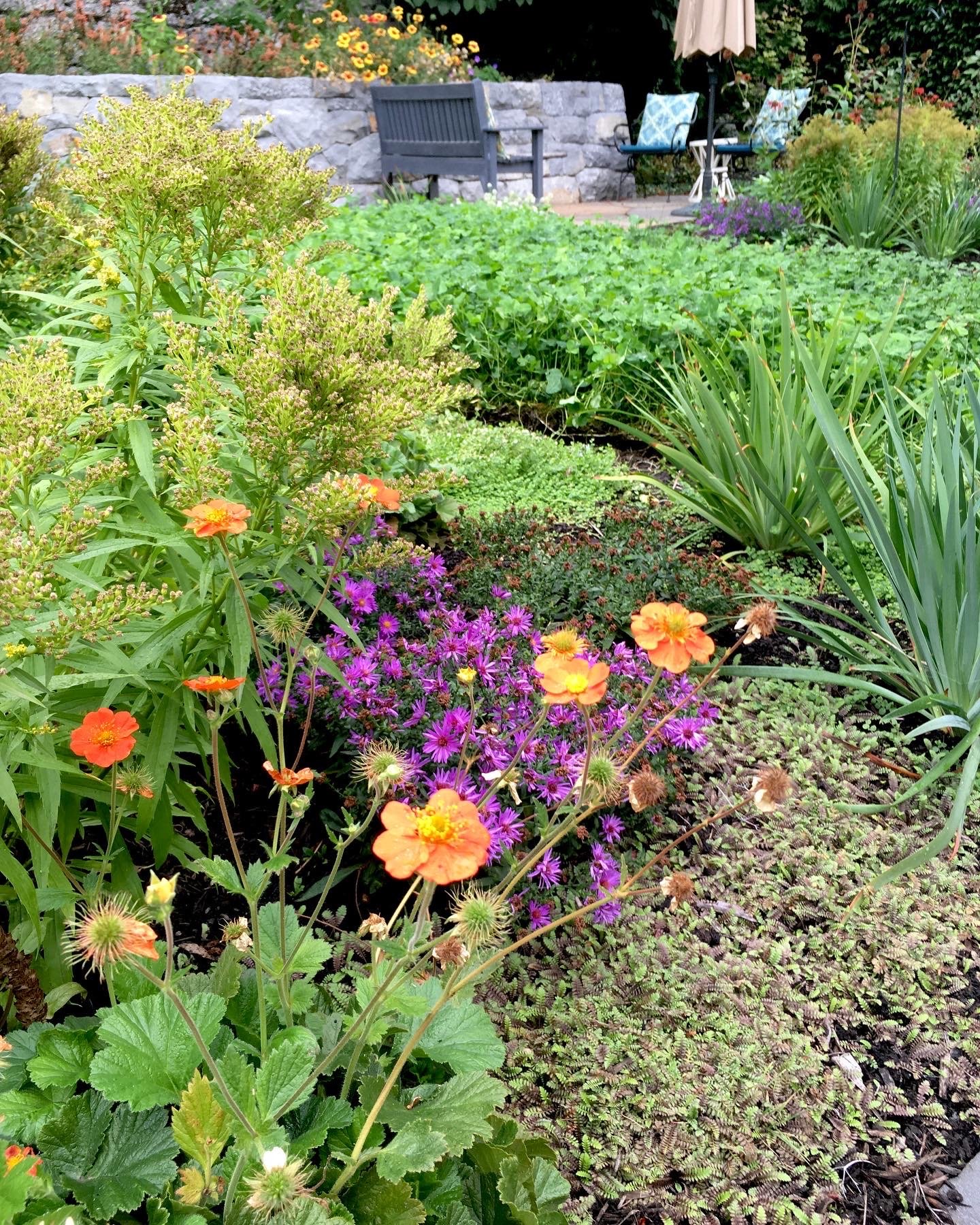
Nature Therapy from the Contemplative Garden
Winter 2022 Women’s hushed morning voices mingled with crashing waves and chattering crows. “The kettle’s still hot.” “Can you pass the honey?” Whoosh, crash, caw,

Portland Parks’ “Nature Patches”
Winter 2022 Nature is so beautiful when left to its own devices, yet crisply manicured lawns remain a status symbol. This is true in Portland,
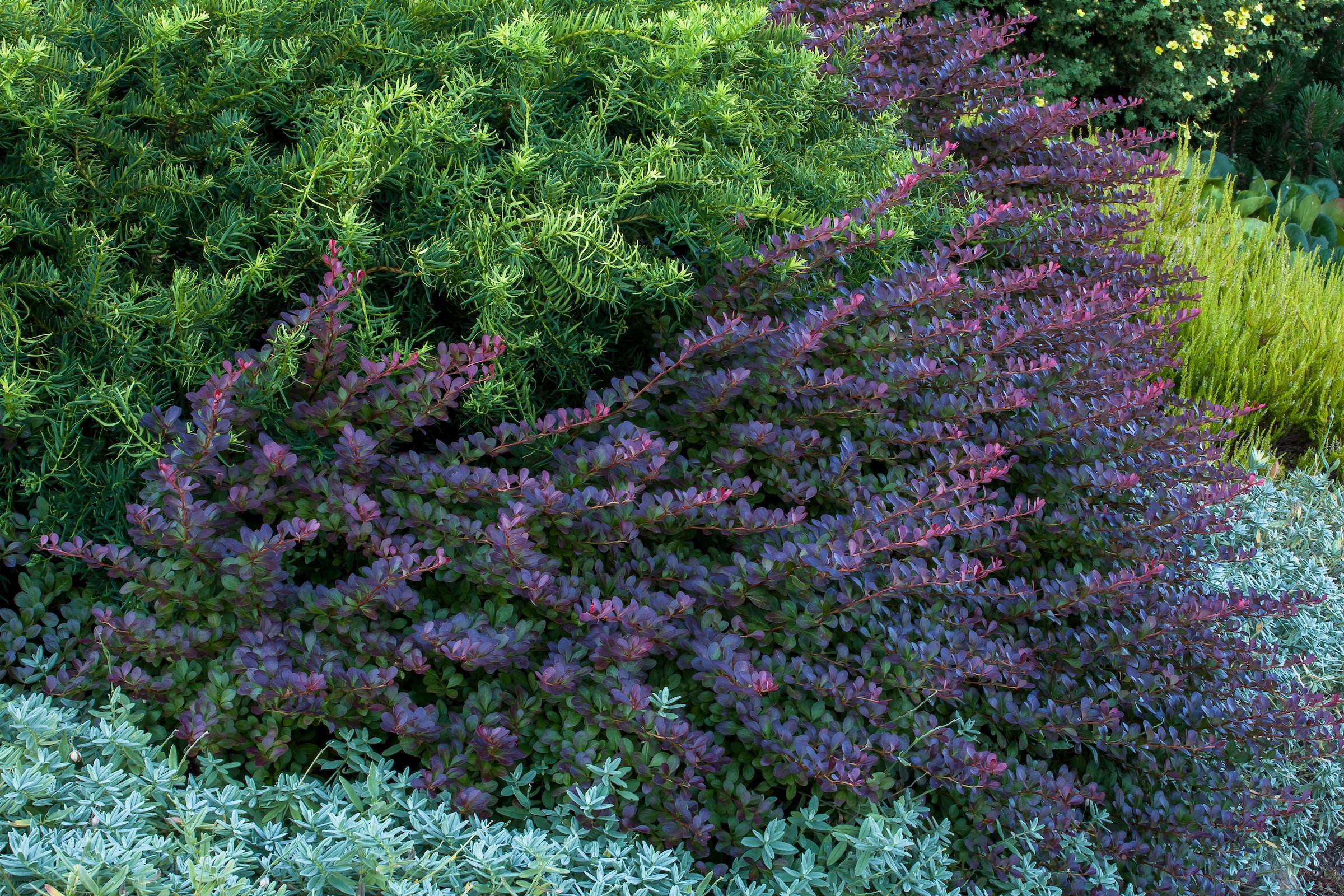
Readily Available Low-Water Plants for a Warming Climate
Fall 2022 Al Shay is the manager of the Oak Creek Center for Urban Horticulture on the campus of Oregon State University (OSU) in Corvallis.


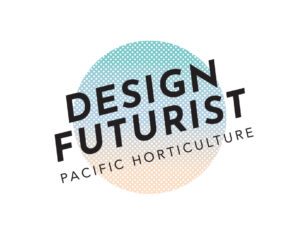








Responses